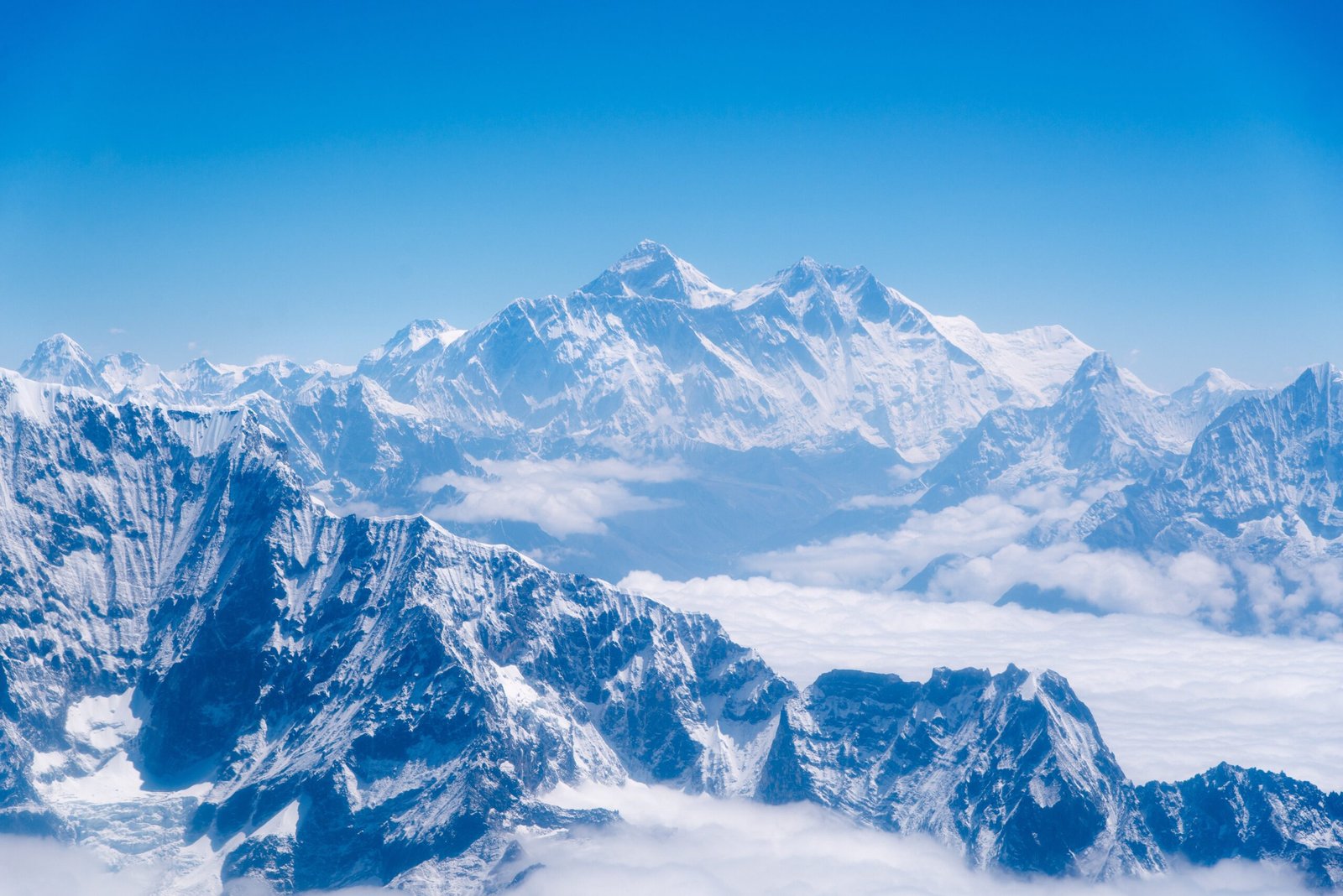When you aim to conquer Mount Everest, the world’s highest peak at 29,029 feet (8,848 meters), understanding the elevation of Everest Base Camp and its effects on your health is crucial. This base camp, a dream for mountaineers and adventurers, sits at an impressive altitude of 17,600 feet (5,364 meters). At this height, the air is thinner with significantly less oxygen than at sea level, posing health risks that demand careful acclimatization.
Acclimatization: Key to High Altitude Trekking
Acclimatizing is how your body adjusts to lower oxygen levels at high altitudes. This process is essential for minimizing altitude sickness risks. The Everest Base Camp trek, spanning approximately 12-14 days, is designed to allow trekkers to ascend gradually, aiding in this acclimatization process.
Navigating Health Risks at High Altitudes
Altitude sickness, or acute mountain sickness (AMS), is a common challenge faced by trekkers. Symptoms like headaches, nausea, dizziness, fatigue, and shortness of breath indicate AMS. If ignored, these symptoms could escalate to more severe conditions like high altitude pulmonary oedema (HAPE) or high altitude cerebral oedema (HACE), which are potentially life-threatening.
To combat these risks, it’s crucial to recognize early signs of altitude sickness and respond appropriately. Key measures include staying hydrated, avoiding alcohol and caffeine, consuming a balanced diet, and most importantly, ensuring a slow and steady ascent to give your body time to adapt to the altitude changes.
Everest Base Camp Elevation and Its Impact on Health
Everest Base Camp, set at an impressive altitude of 17,600 feet (5,364 meters), presents a unique environment where the air has significantly less oxygen than at sea level. This high-altitude setting poses various health risks, necessitating proper acclimatization for trekkers.
The Process of Acclimatization
Acclimatization refers to how the body adapts to lower oxygen levels in high-altitude areas. It’s crucial to give your body enough time to adjust to these conditions to reduce the risk of altitude sickness. The journey to Everest Base Camp typically spans 12-14 days, a duration that allows trekkers to ascend gradually and acclimatize effectively.

Understanding High Altitude Health Risks
At high altitudes, trekkers often face the risk of altitude sickness, known medically as acute mountain sickness (AMS). Symptoms include headaches, nausea, dizziness, fatigue, and shortness of breath. If not addressed, AMS can escalate to more severe conditions like high-altitude pulmonary oedema (HAPE) and high-altitude cerebral oedema (HACE), both of which can be life-threatening.
To mitigate these risks, it’s crucial to recognize the early signs of altitude sickness and take appropriate actions. These measures include staying well-hydrated, avoiding alcohol and caffeine, eating a well-balanced diet, and most importantly, ascending at a pace that allows your body time to adapt to the altitude changes.
Essential Preparation for the Everest Base Camp Trek
Embarking on the Everest Base Camp trek is an exhilarating challenge that requires thorough preparation, both physically and mentally. To ensure a successful journey, it’s vital to get yourself in top condition and seek advice from healthcare professionals.
Key Tips for a Successful and Safe Everest Trek
- Acclimatization is Crucial: Gradually increase your altitude during the trek to allow your body to adapt to the reduced oxygen levels. Proper acclimatization is key to avoiding altitude sickness.
- Stay Hydrated: Drink plenty of fluids throughout the trek. Hydration is crucial at high altitudes, even if you don’t feel thirsty.
- Listen to Your Body: Pay attention to your body’s signals and take rests whenever necessary. Overexertion can be dangerous in such challenging conditions.
- Appropriate Clothing and Gear: Pack the right clothing and gear to stay protected against the cold and unpredictable weather. Being well-equipped is essential for your safety and comfort.
- Trust Your Guide: Follow the advice and instructions of your trekking guide or Sherpa. Their experience and knowledge of the terrain are invaluable for navigating the trek safely.
Embark on a Memorable Journey
The trek to Everest Base Camp is not just a physical challenge; it’s an adventure of a lifetime. Understanding the elevation, acknowledging the health risks of high-altitude trekking, and preparing adequately are crucial steps. By acclimatizing properly, recognizing the symptoms of altitude sickness, and preparing thoroughly, you’re setting yourself up for an enjoyable and memorable experience at the base of the world’s highest peak.


